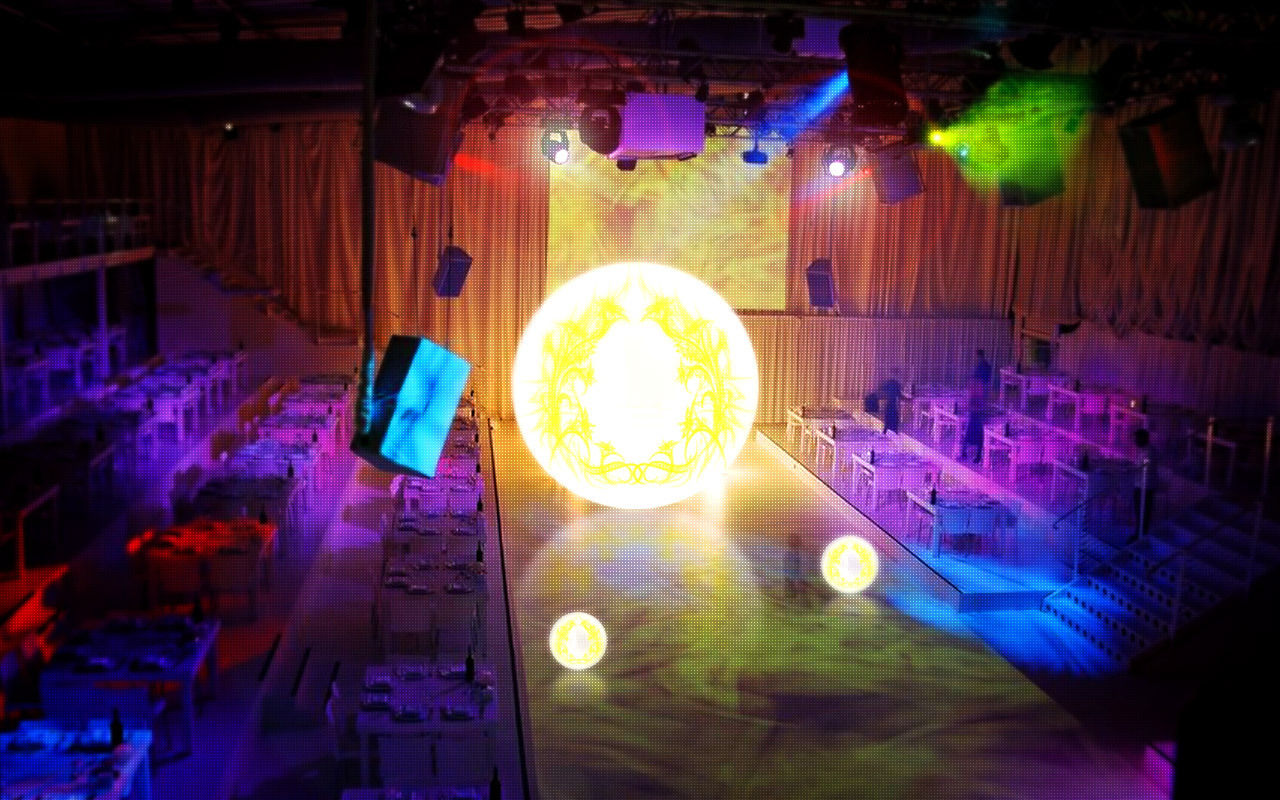Historical Background of Psychoacoustics 心理声学的历史背景
- Lawrence Akande

- Aug 28, 2017
- 4 min read

For centuries, scientists have been fascinated by the effects of sound on human being. Psychoacoustics is a field of study that originated from psychophysics, the science of mind (Psycho) and nature (Physics). This makes psychoacoustics a field that deals with phenomenon of vibration, physiological construction of the ear, and perception of auditory sensation.
几个世纪以来,科学家们一直着迷于人类的声音影响。心理声学是一个研究领域, 源于心理物理学, 科学的思维 (心理) 和性质 (物理) 。 这使得心理声学的字段处理振动现象,生理结构的耳朵,和听觉的知觉。
Around 350 B.C., Aristotle hypothesized that air is needed as a medium through which sound travel, and that sound would not be conducted in vacuum. Aristotle's hypothesis came as a result of observing the vibrating string striking the air, and transmitting sound through the air. On Aristotle's hypothesis, Marcus Vitruvius Pollio, a Roman engineer of the first century built his claim that sound is the vibrations in the air.
大约在公元前350年,亚里士多德假设空气是需要作为一个媒介,声音通过可以的,这个声音旅行将不会进行真空。亚里士多德的假说是由于观察振弦引人注目的空气, 通过空气传播声音。在亚里士多德的假说,名为马库斯,罗马工程师建造的第一个世纪他声称,声音是空气中的振动。
In 500 B.C., Pythagoras having been fascinated by the harmonious sound emanated from the blacksmiths anvils at work, did extensive study on consonance and dissonance. Also, by observing playing of a string instrument, he related the amplitude of its vibrating strings with the perceived loudness of the sound.
在公元前500年。毕达哥拉斯已经着迷于和谐的声音发自铁匠的铁砧工作时, 进行了广泛的研究和音和失调。同时, 通过观察演奏弦乐器, 他相关的振幅振动弦与感知声音的响度。
Ernst Heinrich Weber, a German physiologist discovered a connection between physical magnitudes and perceptual magnitudes. In 1860, Weber’s idea of mapping physical and perceptual variables was codified by a German experimental psychologist and founder of psychophysics, Gustav Fechner's “Psychophysical Law”, state that perception relates logarithmically to the physical world. This law became known as Weber-Fechner Law.
恩斯特﹒海因里希·韦伯,一个德国生理学家发现知觉级和物理大小联系的之间。1860年,韦伯的思想的映射物理和知觉变量是德国实验心理学家和心理物理学的创始编码知识,古斯塔夫﹒费希纳的“心理物理法”,声明,知觉涉及到物理世界,对数这项定律被称为韦伯–费希纳定律。
Another German physicist and philosopher, Herman Helmholtz in 1862 was states that art and science are inseparable as they affect the external and the internal being of human. He spent his time to build and study sound producing instruments, compiling sound data, formulating harmonic formulas, and investigating how sound affects the nervous system. Based on Helmholtz’s work on the hearing mechanism, sound wave production, propagation, and resonance, the concepts of consonance and dissonance became the basis of psychoacoustics.
另一个德国物理学家和哲学家,赫尔曼﹒亥姆霍兹在1862年指出,艺术和科学是分不开的,因为它们影响了人的外部和内部。他把时间花在构建和研究声音生产工具、编译声音数据,制定谐波公式,并研究如何声音会影响神经系统。亥姆霍兹的作品在听力机制, 声波产生和传播, 共振、共鸣和失调的概念成为心理声学的基础。
There are other contributors to the study of psychoacoustics. These includes: Christian Doppler, an Austrian physicist, who in 1842 was the first scientist to identify and quantify the changes in pitch when a source of sound moves toward or away from a stationary observer, or an observer moving toward or away from a stationary source of sound. Lord Rayleigh, an English physicist whose work, as explained in his book “The Theory of Sound” 1896, addressed acoustical concepts use in musical instrument, speech, biological, underwater, and nonlinear acoustical researches.
还有其他贡献者研究心理声学。这些包括: 基督教﹒多普勒, 一位奥地利的物理学家, 他在1842年是第一个科学家来识别和量化的音调的变化当声源移动朝向或远离的观察者来说, 或一个观察者移动朝向或远离固定声源。瑞利勋爵,英国物理学家的工作,正如在其著作《论的声音》1896,解决声学概念用于乐器、演讲、生物、水下和非线性声学研究。
Psychoacoustics incorporates many disciplines that involve in sound creation, sound processes and the effects of sound as they relates to human. Such discipline includes:
Sociology/History – Historical, sociological, and cultural contextual effects associated with sound.
Acoustics – Vibration and physical generation and transmission of sound waves.
Physiology – Biological and physiological reaction of human body to sound.
Psychology – Human perception and cognitive response to sound as related to context and experiences.
Neurology – The effects of sound on human nervous system.
心理声学合并了许多学科,涉及声音创作、声音过程和音响效果。这样的学科包括:
社会学/历史——历史、社会学。和文化语境效果与声音有关。
声学——振动和物理生成和传播的声波。
生理——生物和生理反应的人体声音。
心理学——人类感知和认知对声音的反应正如相关背景和经验。
神经学——的影响对人类神经系统的声音。
In the subsequent blog,
I will look into some theories concerning sound, and see how they are or can be applied to sound design for multimedia. I believe understanding the theoretical bases of sound and psychoacoustics will be helpful to sound designers in designing efficient sound for film and other multimedia.
我将研究一些理论关于声音,然后看看他们或可应用于多媒体音响设计。














Comments